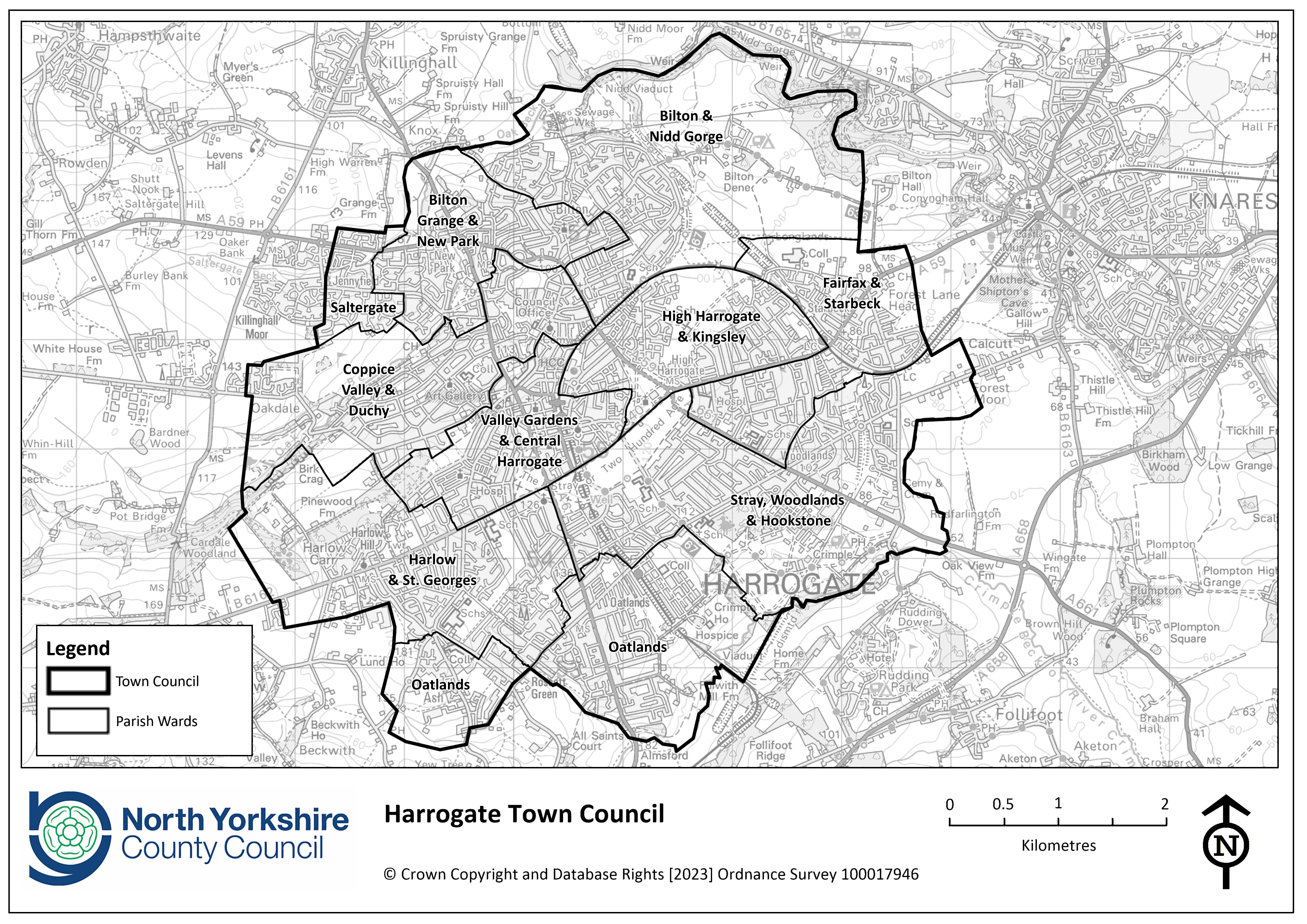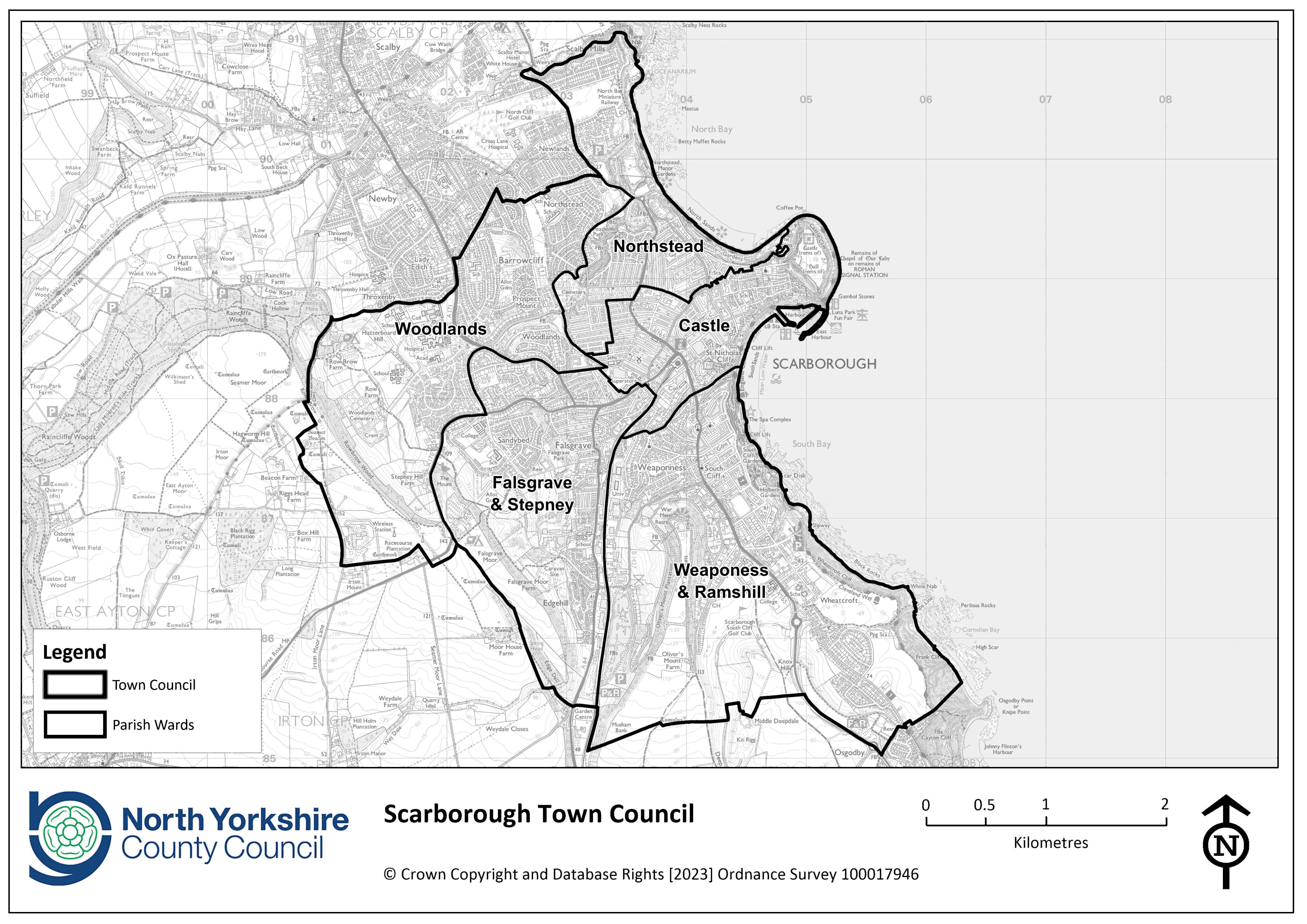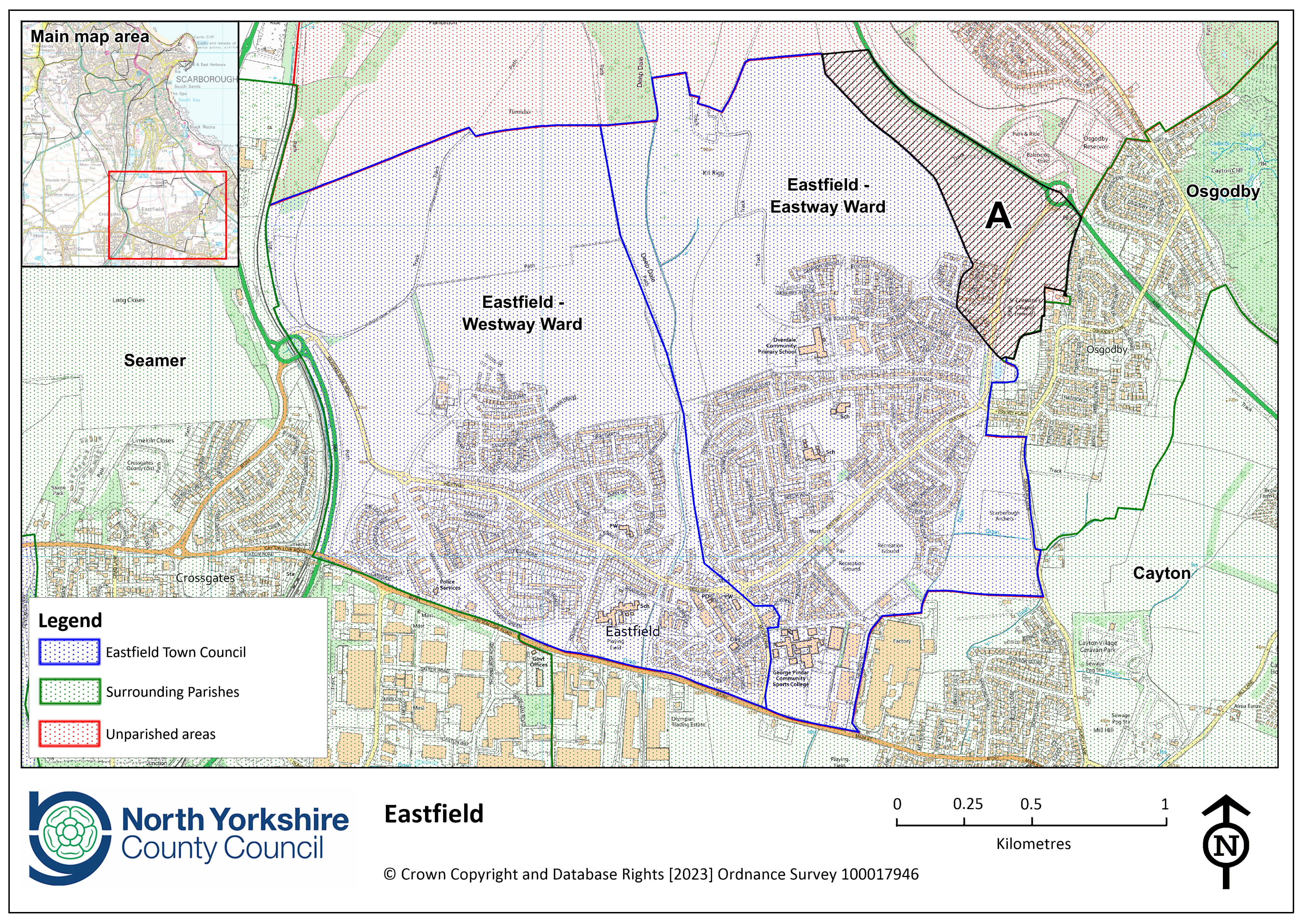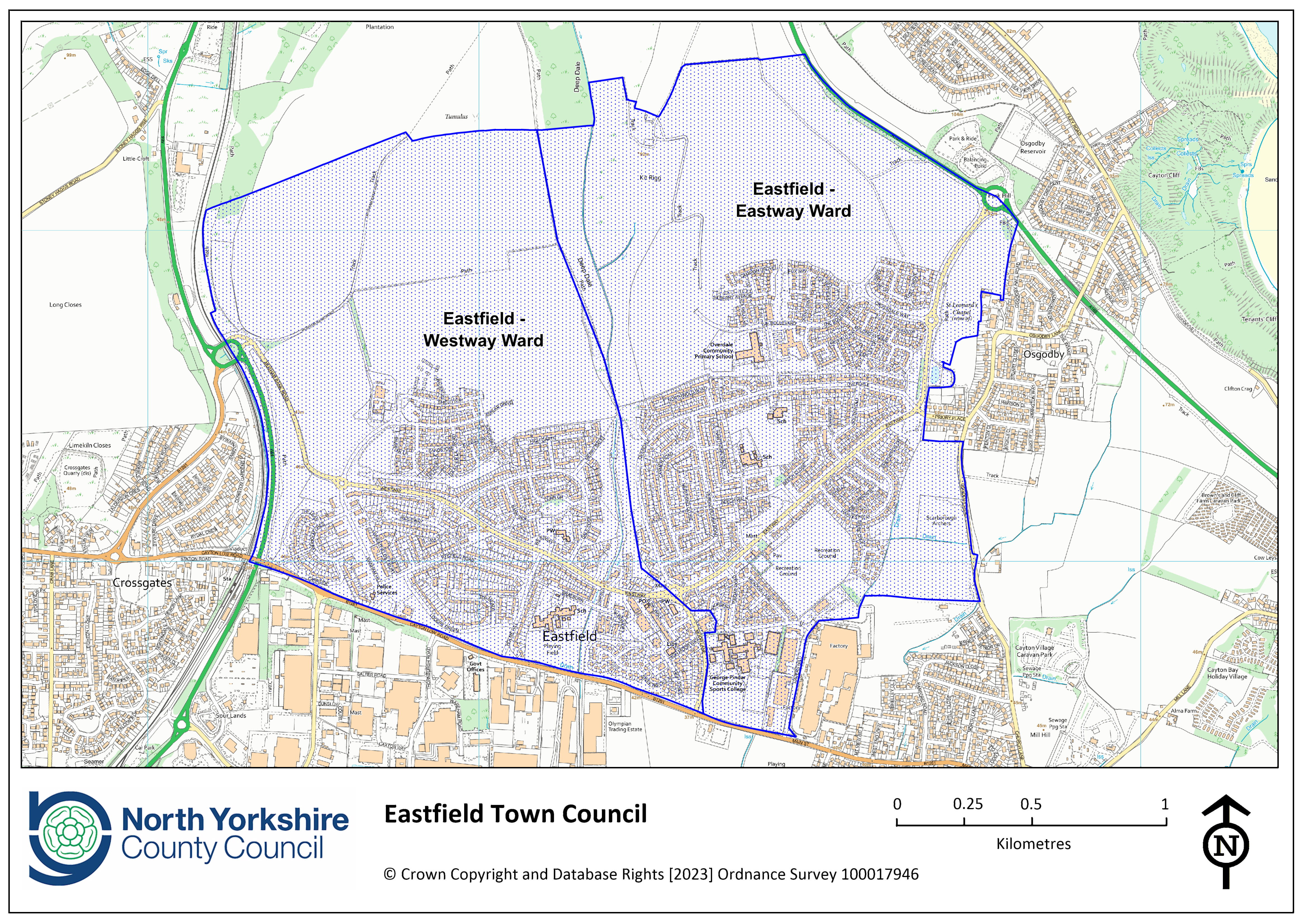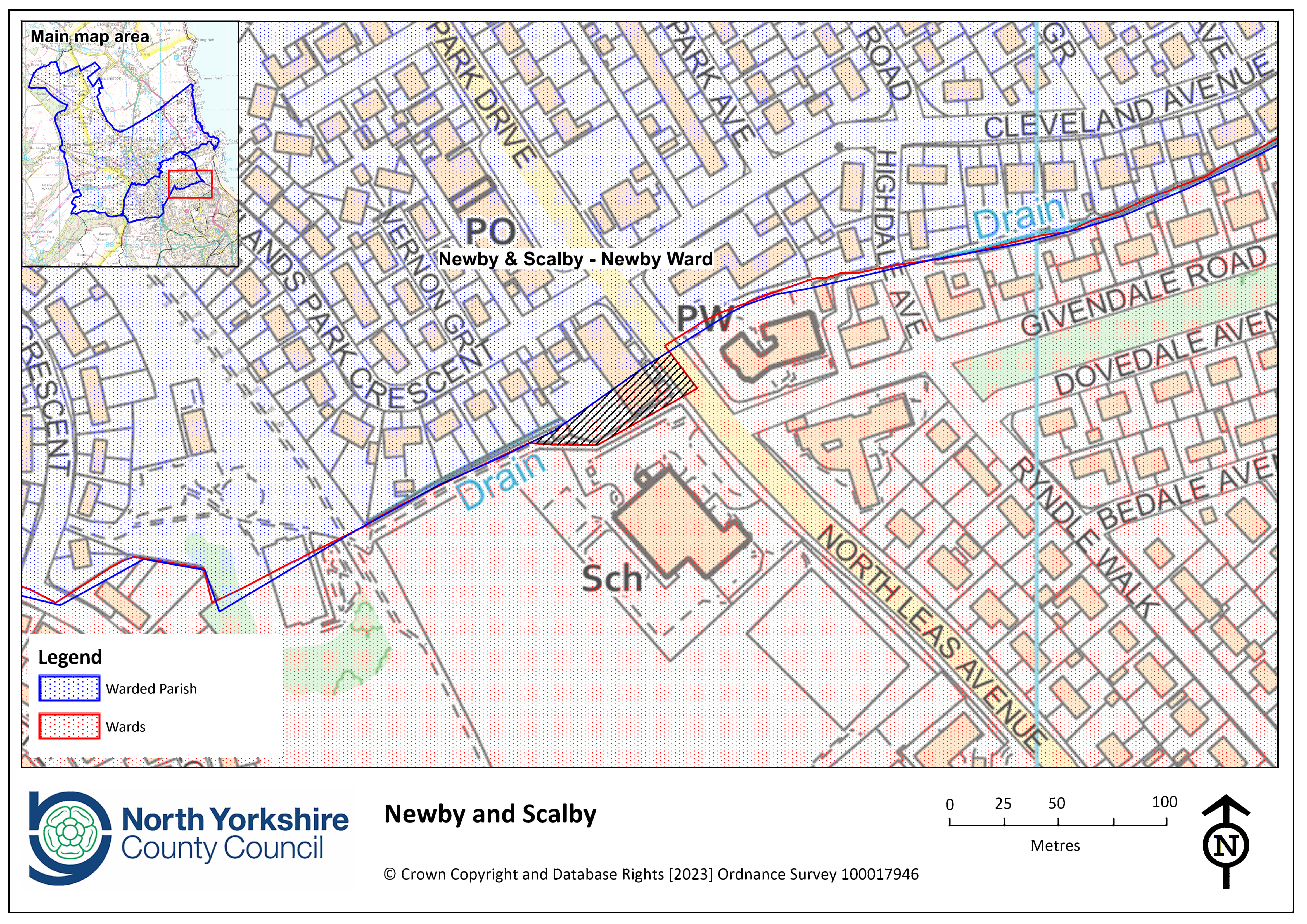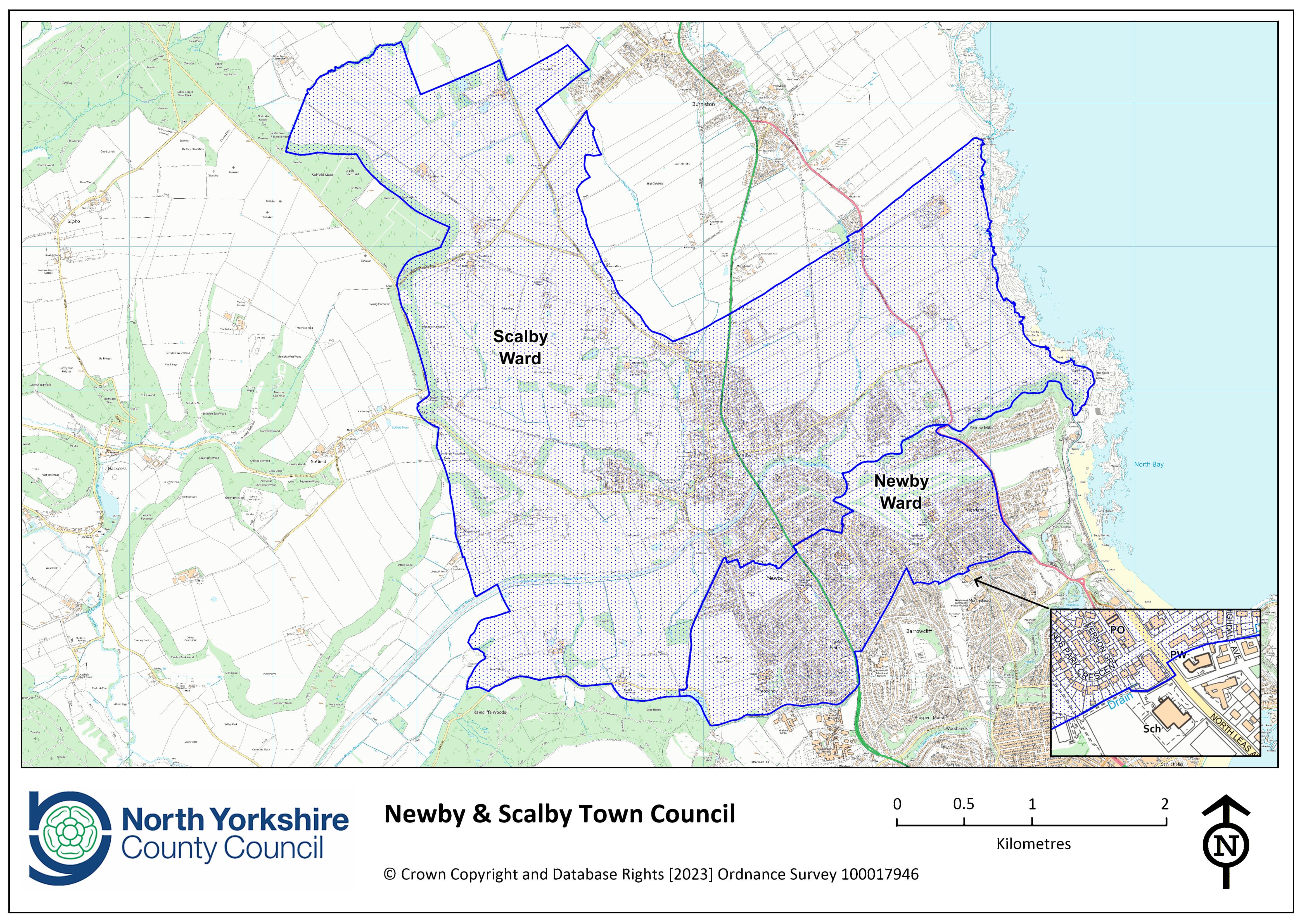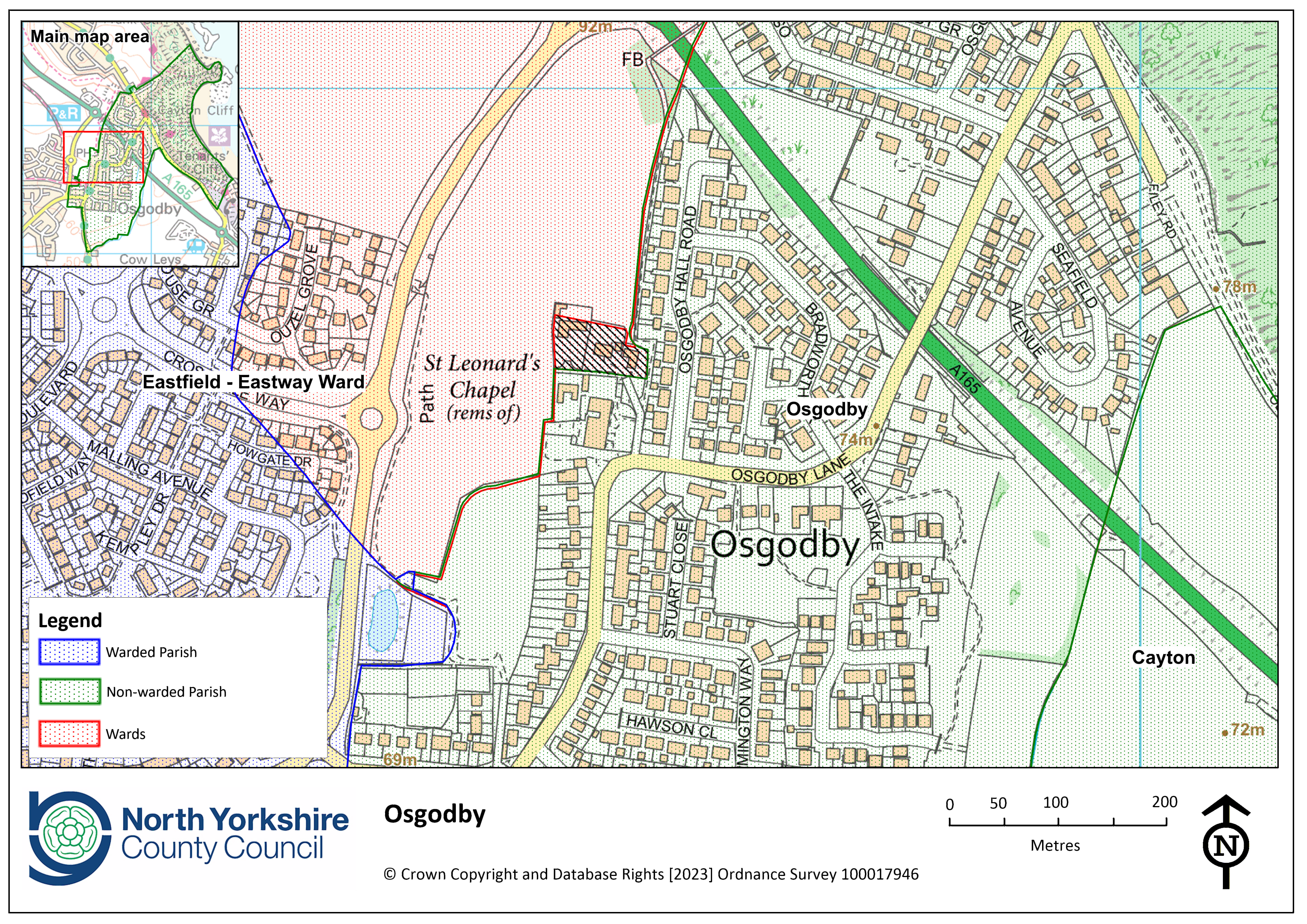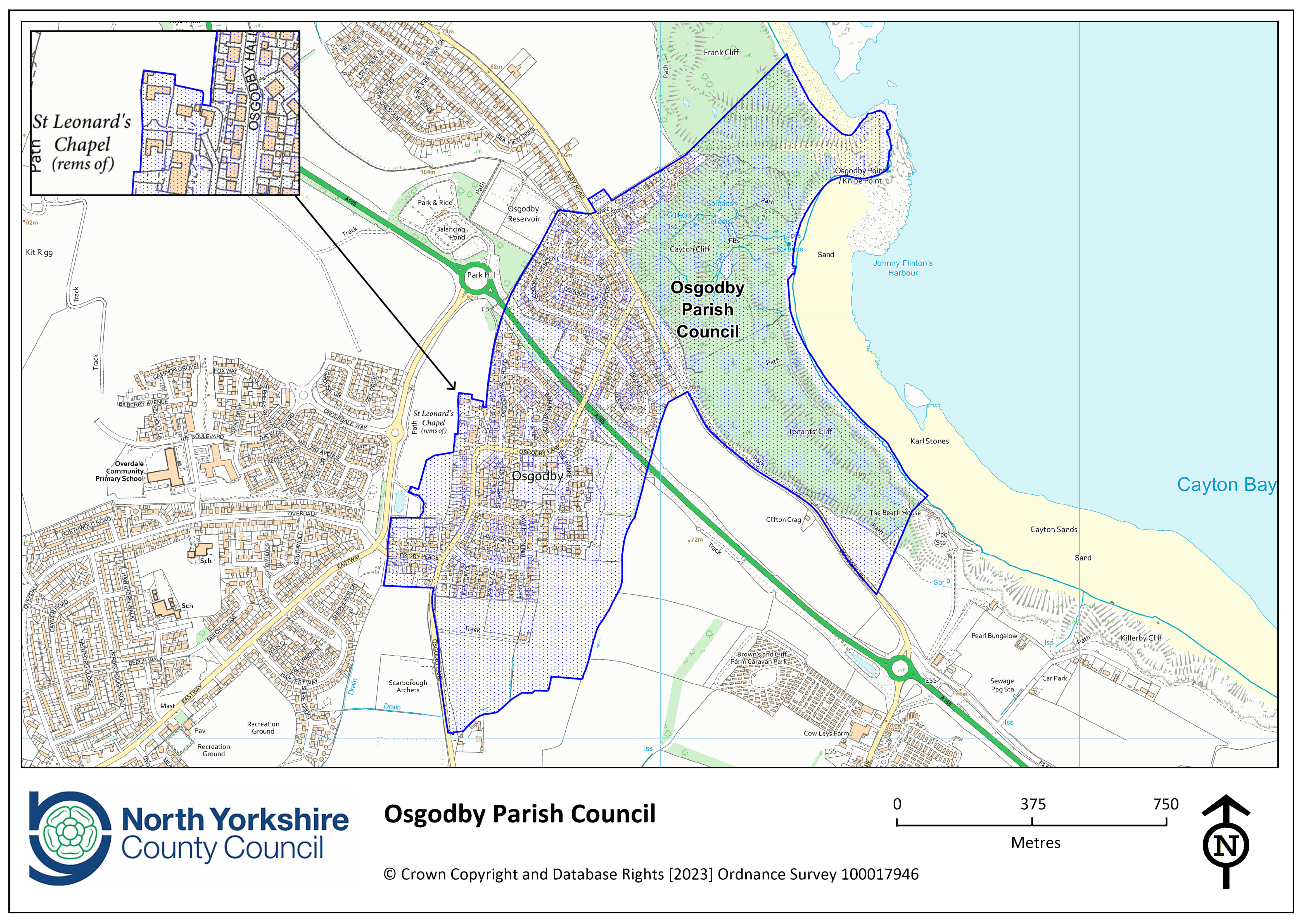Parish councils (some are called town councils) are the first level of local government.
From 1 April 2023, the county and borough councils no longer exist and there are two tiers of local government in areas of Harrogate and Scarborough that have town and parish councils, North Yorkshire Council and the town and parish councils. There is only one tier for unparished areas.
Parish councils have relatively few statutory functions (things they have to do). The statutory functions are, for example, the holding of meetings, the management of its finances and the preparation of annual accounts. A parish council employs staff, owns and manages premises, and provides services.
How do Parish Councils operate?
Residents of the parished area elect councillors. They represent residents and their interests and councillors will make most of the decisions about what a parish council does in meetings. Although the public has a right to attend meetings of a parish council and its committees, It is the councillors who collectively make decisions about council business and what services or facilities it provides.
How are they funded?
The parish council must carefully budget for the expenditure it will have to pay in the next financial year. A parish council may generate income from money from rents from premises that it leases or licences for use by others, or from the services or facilities it provides, for example sports facilities, off street car parks. It may also receive grants for certain projects. The main source of income derives from the precept levied on the residents in its area. The precept is incorporated into a local resident’s council tax bill.
What do they do?
Although parish councils have few statutory functions or duties, there are many things they can do if they choose. What they choose to do will depend on the needs of the local community they serve. They have the discretion to exercise a range of statutory powers related to the provision or support of certain services or facilities which benefit their area, and/or the residents that live there. Examples might include sports facilities, allotments, local youth projects, bus shelters, litter bins, off street carparks, community centres, parks and open spaces, community transport schemes, neighbourhood planning, crime reduction measures, street lighting, festivals and fetes, traffic calming measures and tourism activities.
Is there a difference between a town and parish council?
No, they both have the same statutory powers and can provide the same services. The only differences are that a town council has decided that it should be known as a town council instead of a parish council, and a town council usually has a mayor. Since 2007 the alternative terms community, neighbourhood or village council can also be adopted, but there is also no difference in their powers.
